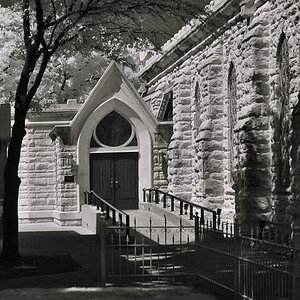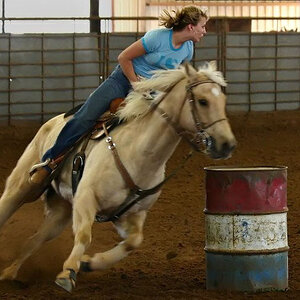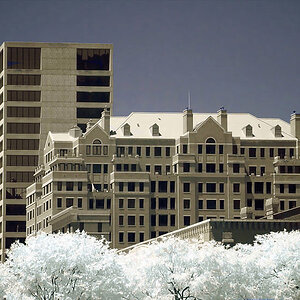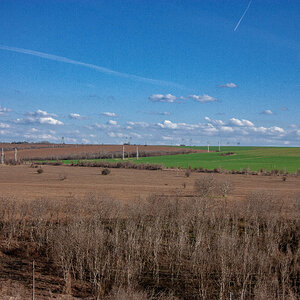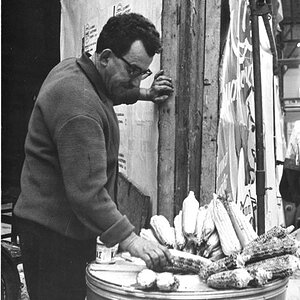Robin Usagani
Been spending a lot of time on here!
- Joined
- Jun 6, 2010
- Messages
- 10,347
- Reaction score
- 2,174
- Location
- Denver, CO
- Can others edit my Photos
- Photos OK to edit
Ok.. Lets use 18-55mm kit lens for an example. Why couldnt you just use the same optic and put bigger aperture when they produce it? Aperture is just an opening made out of blades. Why cant they just make the opening bigger? I just really want to undestand why we have to spend premium price to get fast lenses. Thanks!





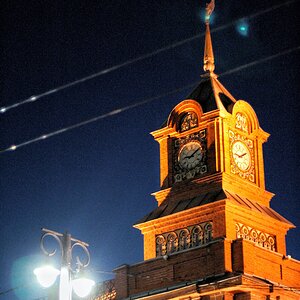
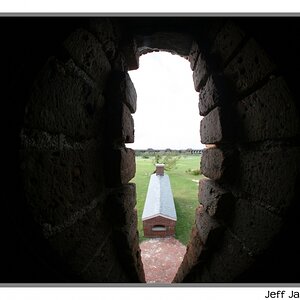
![[No title]](/data/xfmg/thumbnail/36/36400-97a007ae878e1032155c7a7d47eeba73.jpg?1619737552)
